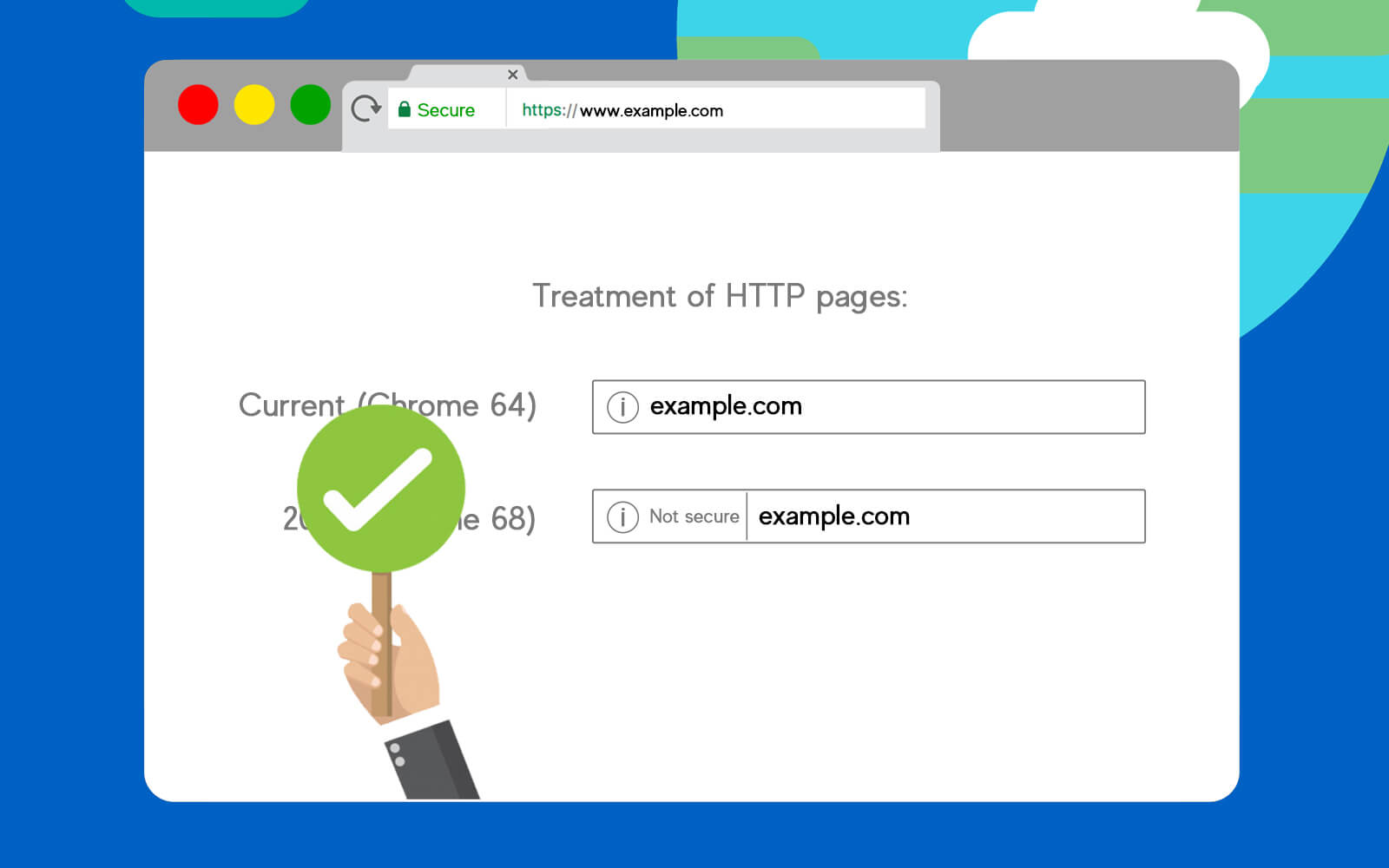5 Best Practices of Omnichannel Approach Business Owners Need To Know Now.
Published March 23, 2023

Majority of businesses nowadays don’t even market themselves correctly. Are you one of them? Then, Omnichannel is something you should know.
There are still times when we face our customers face to face but still the majority of which is we can connect to them digitally. May it be through email, social media, and company websites.
How can we as marketer maintain a more unified approach with our design, strategy, and customer experience? It’s simple, it’s called omnichannel marketing.
What Is Omnichannel Marketing?
Omnichannel marketing is defined as a seamless customer experience across all channels. This marketing strategy takes on digital interactions, such as social media and e-commerce purchases, and it is integrated with interpersonal interactions. These in-person interactions include in-store staff for Brand-to-Consumer (B2C) as well as sales and customer success managers for Business-to-Business (B2B) brands. Omnichannel marketing requires for all the department to work together.
Upon first glance, it seems as though the aim of the approach is to interact with consumers via an assortment of different channels.
Omnichannel approach only comes down to two critical factors:
- Making it easy for your customer
- Having a unified message across all customers interactions.
Benefits of Omnichannel Marketing
- Better Customer Experience=Increased Customer Loyalty

Omnichannel marketing refers to a consistent marketing experience across multiple touchpoints and platforms for all of your customers. Customers can engage with a brand through print material and advertising, digital advertising, radio and TV commercials, social media, and website and e-commerce platforms. The undeniable truth is that customers also visit your website through their desktop computers, smartphones, or tablets.
Omnichannel marketing offers the opportunity to customize messages for individuals or for specific audiences. This level of personalization can lead to better customer experiences, better conversions, and improved customer loyalty, all of which can lead to boosted revenue over time.
- Brand Recognition

Successful omnichannel marketing strategies lead to increased awareness from your target market. If your brand is marketed first, customers are at least familiar with your brand name and products or services. This can help give you a significant advantage over the competition.
For instance, one benefit of omnichannel marketing is that you can show an ad on your customers’ Facebook feeds after they visit your website or place “suggested” or “similar” items in their online cart before and after they complete a purchase. This type of personalized marketing can help remind your customers of their behavior and move them towards conversion, which can result in a completed sale.
- Better Business Analytics

When companies have an omnichannel marketing strategy, they automatically have several sources from which to pull data. Understanding customer touchpoints help organizations to understand the customer journey and create even better marketing experiences.
What are the best practices for the omnichannel approach?
- Customer Experience
You must have a mindset that what you are committed to doing is what’s best for the customer and not what’s best for you. The consumer shouldn’t have to work hard in order to get the information they need to purchase from your brand. Always review the experience of your customers that go through in order to research, purchase, and connect with your products. Test the experience by placing orders, interacting via all available channels, submitting a support case, and more. If possible, these tests should be performed by external and internal testers. Does everyone have a delightful experience? Are there any unnecessary barriers?
- Data-Driven Approach
Successful omnichannel marketing is about understanding your customer, and it all comes down to how you utilize your data. Never assume you automatically know who your target market is. Data is everywhere and big these days, and marketers are becoming increasingly savvy about the best ways to leverage it without becoming invasive.
- Segment your Audience
When compiling your data, you will uncover insights into who your customers are. You can segment those customers into groups to better understand their path to purchase. This kind of data can really help you.
- Personalization of the Process
When you’ve segmented your customers and you are already familiar with their journey, it’s time to personalize messages to those groups.
- Seamless Payment
When someone is committed to purchase, don’t stand in their way. Every market is crowded when someone makes a decision to give their hard earned cash to you instead of your competition. They don’t want the process to be complicated.
Omnichannel removes the boundaries between different sales and marketing channels to create a unified, integrated whole. The distinctions between channels — onsite, social, mobile, email, physical, and now instant messaging — disappear as a single view of the customer as well as a single experience of commerce emerge. It holds good potential and benefits for business growth especially when it concerns brand awareness and revenue
Additional Resource on OmniChannel Marketing
Still confused? Contact us!
Design Source Media



